Airlines restrict the size of the dog you can bring aboard the cabin. Most airlines require that your dog be able to fit into a small carrier that stores underneath the seat in front of you. In practical terms, that means only small dogs can board the cabin as pets. Certain types of assistance animals, however, are exempt from these restrictions.
Until January 2021, emotional support animals were exempt from these size and weight restrictions. Emotional support dogs were able to fly in the cabin free of charge, as long as they could sit in the space in front of you. On December 2, 2020, the U.S. Department of Transportation announced new rules that gave airlines the option to no longer recognize emotional support animals. As a result, airlines are no longer accepting emotional support animals on flights.
There was better news for owners of psychiatric service dogs (PSD): PSDs are still allowed to board the cabin free of charge, and they are exempt from size restrictions applicable to normal pets. To fly with a psychiatric service dog, you will need to submit a special form to your airline in advance.
In this post, we’ll discuss how owners of large psychiatric service dogs can board flights and how to obtain a PSD letter if you are interested in qualifying for a psychiatric service dog. We’ll offer some helpful tips on how to improve your flying experience with your large PSD, especially if it’s your first flight together.
Good News! All airlines still accept Psychiatric Service Dogs on all flights.
If you are interested in a Psychiatric Service Dog Letter, we would be happy to connect you with a licensed healthcare provider so they may assist you.
Get your Psychiatric Service Dog Letter
Tip #1 – Submit the Department of Transportation’s Form in advance
As part of the recent changes in assistance animal regulations, all psychiatric service dog owners must submit a special form to the airline before their flight. The form requires the following information:
- Certification that your dog has been trained to perform a task relating to your psychiatric disability.
- Name of the dog’s trainer (which can be yourself).
- Date of vaccination for rabies.
- Name of your dog’s veterinarian (their signature is not required).
- Acknowledgment that your dog will be under your control at all times.
- Acknowledgment that you are responsible for damages caused by your dog.
The form must be submitted to the airline at least 48 hours before your flight. If you book a flight departing within 48 hours, you can submit the form at the gate.
Tip #2 – Qualify for a PSD Letter from a Licensed Mental Health Professional
To qualify for a psychiatric service dog, you must have a disability that meets the criteria set out under the Americans with Disabilities Act and the Air Carrier Access Act. That can mean a condition like depression, anxiety, phobia, PTSD, bipolar disorder, or another mental health issue that substantially limits a major life activity.
A licensed healthcare professional can help determine whether you meet this standard. ESA Doctors can connect you to a licensed professional that specializes in assistance animals. If you qualify, they will issue a signed PSD letter stating your eligibility for a psychiatric service dog.
Note that for your dog to fully qualify as a PSD, it must also be trained to perform a task relating to your disability. A dog is not considered a PSD until it is:
- Fully trained to perform their disability-related task.
- Capable of handling itself in various public settings.
Get your PSD Letter in three easy steps.
Tip #3 – Prepare your Psychiatric Service Dog for a successful flight well before the flight itself
1. Exercise your dog
Before the flight, thoroughly exercise your dog at a dog park to release any pent-up energy. This may allow your dog to sleep or rest on the flight. Keep in mind that the flight may be short, but your dog will have to wait an additional 1-2 hours while you pass security and wait at the gate. Flight delays are also common, as frequent fliers well know.
On your return flight home, it is important to prepare ahead of time. If you are not familiar with the city you are flying to, you can look online for dog parks near a specific airport. Some airports also have specific areas for dogs to relieve themselves.
2. Do not over feed your dog
Do not over-feed your dog before a flight. Some dogs may experience motion sickness, and eating a large meal or too many treats before a flight can lead to an unpleasant experience. Try to also monitor water intake before and during the flight so that your dog does not have to relieve itself during the flight.
3. No new treats
Do not feed your dog any new treats within 48 hours of your flight. Before a flight is not the best time to experiment with changes in diet. A dog with an upset stomach can lead to a very unpleasant flight experience.
Tip #4 – Items you may want to bring with you to the airport
To keep your psychiatric service dog comfortable during the flight bring the following items with you:
- Blanket – laying down a familiar blanket with familiar smells from your home will establish a “bed” or “border” for your dog.
- Collapsible Bowl – your dog may need some water during and after the flight. Remember to limit the amount of water that you are giving to your dog.
- Pee Pads – just in case your dog really has to go, carry a pee pad with you so that your dog can relieve themselves after the security checkpoint or on the plane in the lavatory.
- Thunder Shirt – if your dog is not used to flying, you may purchase a thunder shirt to keep your dog calm in the cabin. Some dogs find comfort when wearing a thunder shirt.
- Tether, leash, or harness – remember that the airline can require that your dog be tethered, leashed, or harnessed at all times, so bring the appropriate equipment.
- Toys – bringing your dog’s favorite chew toy can ease their stress and occupy their minds.
Tags, ID cards, and vests – service dog accessories are not required, but airline staff can use them as one indicator that your dog is a psychiatric service dog.
Tip #5 – What to expect and do once you land at your destination
Before you arrive at your destination, you should look for a pet relief area at the airport. Most airports will either have a pet relief area inside or outside of the airport. You can research the location of the pet relief area in advance by looking here: Airport Pet Relief Areas.
Not all airports have accessible pet drinking fountains. Remember to pack and use your collapsible bowl to give your dog some water and food. And don’t forget to give your psychiatric service dog a big hug and thank them for their service!





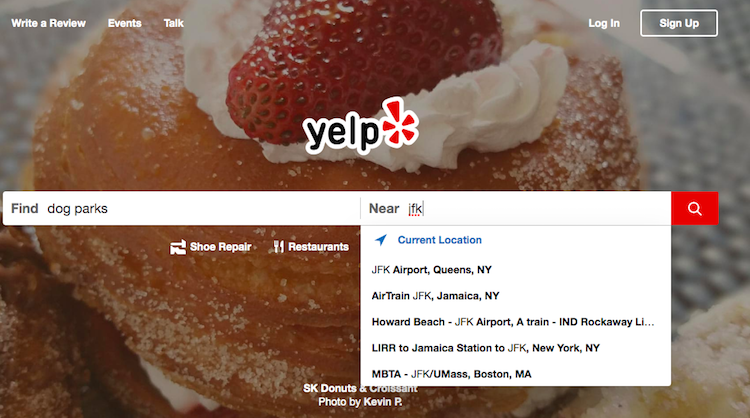
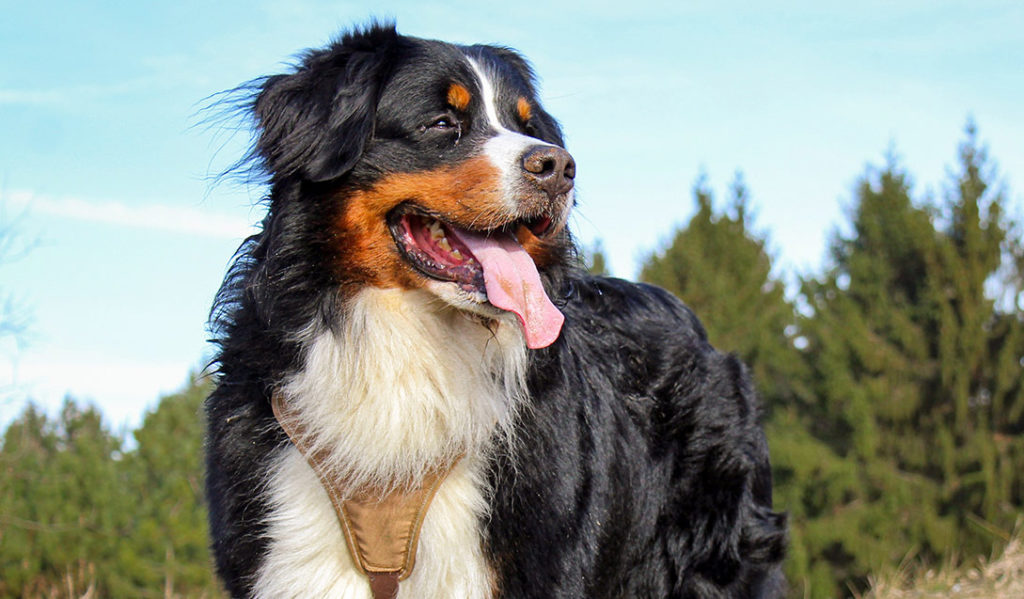


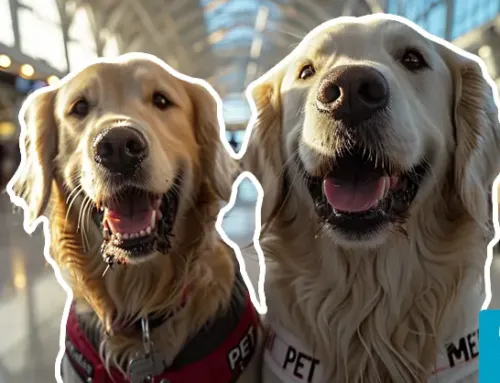
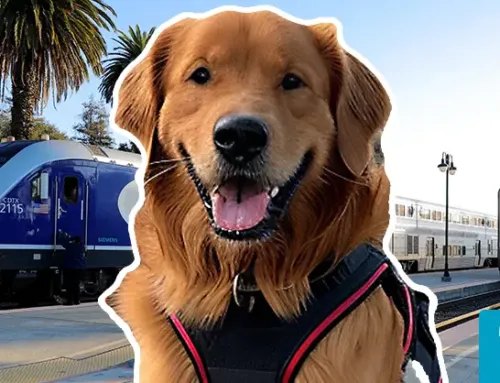
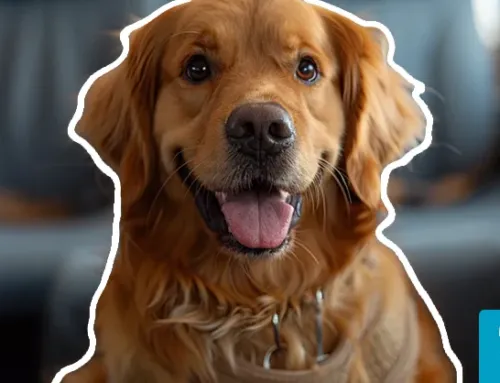
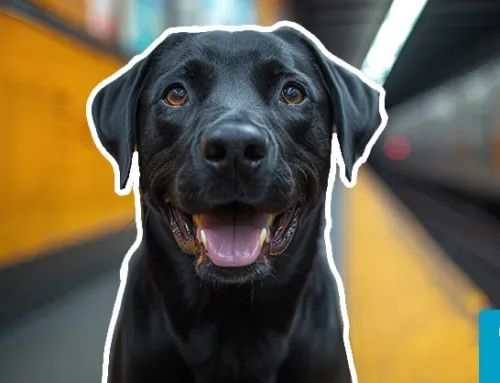
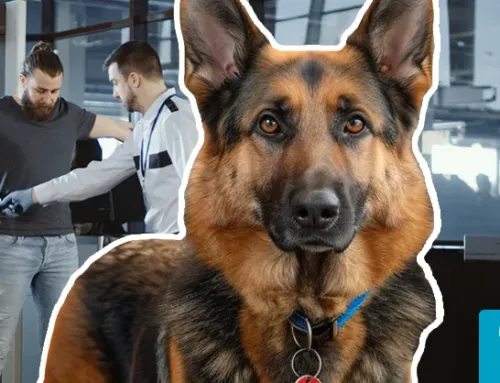
How can I fly with my ESA animal?
Unfortunately ESAs are generally no longer allowed on flights. Please see this article for more details: https://esadoctors.com/how-to-fly-with-a-dog-travel-guide/
Yiu need to stop selling fake esa and now fake service dog certificates so pets can fly. One of your pet esa letter dogs attacked another dog at walmart and my daughter got stuck 8n between these so called esa pets…you are hurting real service animals access for real trained certified service animals, you take their 69 dollars and they think 5hey can take these pets anywhere yiu need to inform people that esa are on valid for transportation and housing, these online certifications that are not from their treating physician do not allow them pets to go everywhere and fight and crap all over walmart. They need to know the laws and rules.
1. We do not sell “certificates” of any kind. 2. ESAs are no longer allowed on flights. 3. ESAs have never had the right to be in stores. Any ESA owner claiming they have the right to bring an ESA to a store like Walmart is mistaken. 4. We don’t issue certificates or ESA letters – we connect clients to licensed healthcare professionals that are able to independently provide ESA letters for qualifying clients.
Not looking to start a war here; however, as an owner of a service dog 🐕🦺 it NEVER CEASES to amaze me the number of unattended children, and yes adults too, that try and pet my dog when his leash CLEARLY SAYS DO NOT PET. I said all that to say this, like everything else in life we must take ownership of our actions as they do come with consequences.
People should certainly be more aware that service dogs are on duty and should not be treated like regular pets.
And does he fly for free with ESA letter from DR.
ESAs with valid documentation are allowed to fly for free on flights to/from the US.
Are large Emotional Support dogs allowed to fly at this time fro Ohio to California?
We recommend you check with the airline you are flying on to see what restrictions they have on ESA size. You can read more about the DOT’s guidelines on ESAs here: https://esadoctors.com/new-airline-rules-emotional-support-animals/
U.S. Airlines no longer accept ESA’s in cabin.